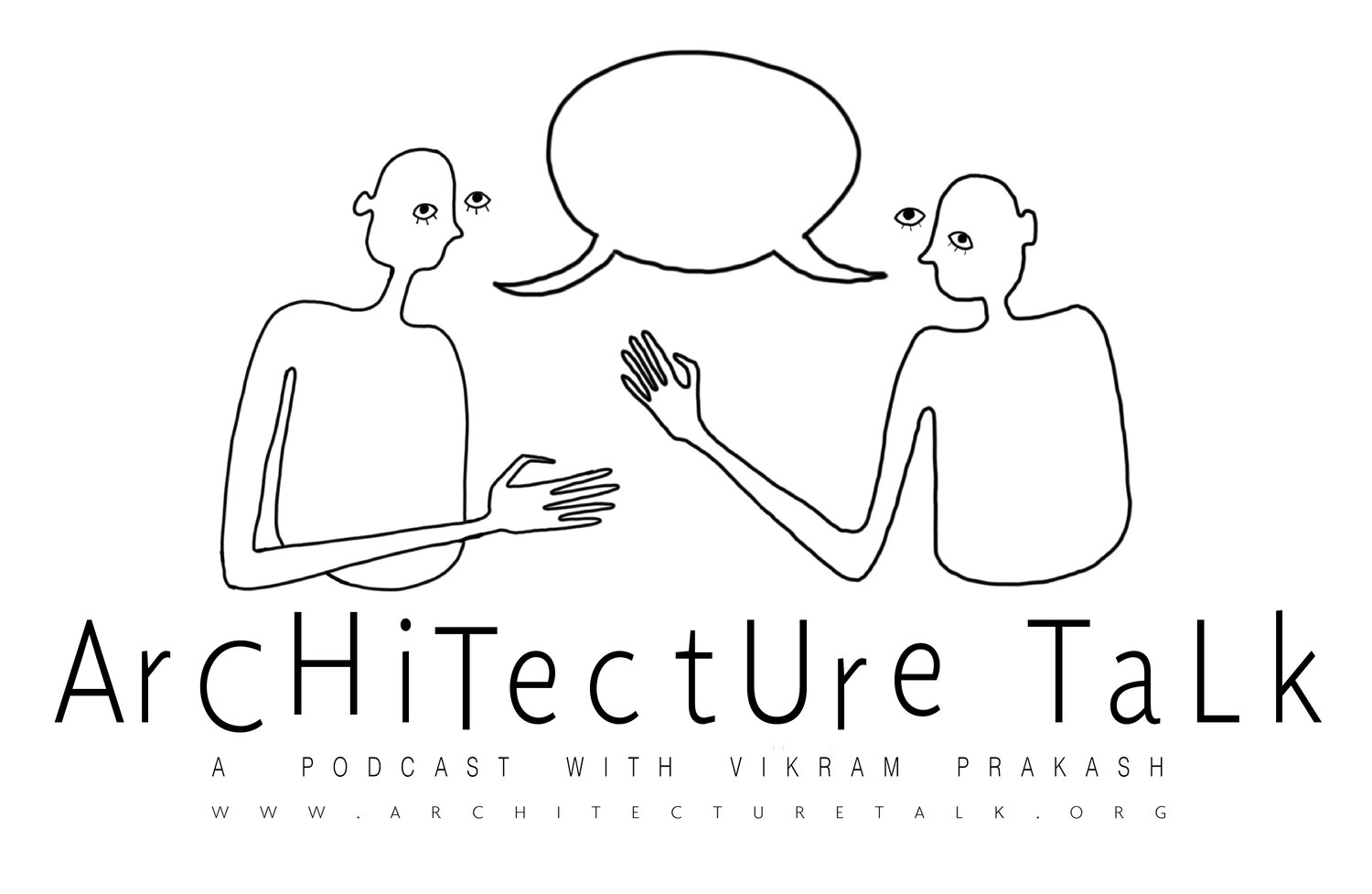6: Emerson, Thoreau and Frank Lloyd Wright with Ayad Rahmani
““Place is not there for our enjoyment alone...it’s a way of performing and building an identity with place.””
Ayad Rahmani is a licensed architect and Associate Professor of Architecture at Washington State University who writes on a diverse array of topics ranging from the Islamic city to Frank Lloyd Wright to Dubai today. In this episode we try and connect the dots that link his diverse interests. Discussion topics include: publicity and privacy in the Islamic city, Wright’s Broadacre plan, ruralization and food security, and, migration and the search for roots via architecture.
Timestamp Outline
2:01 Ayad Rahmani’s CV: Place, Meaning, and Form in the Architecture and Urban Structure of Eastern Islamic Cities; Kafka’s Architectures: Doors, Rooms, Stairs and Windows of an Intricate Literary Edifice; “Urban Farming: Localizing Narratives” essay on Frank Lloyd Wright
3:30 Meaning and existential angst in Kafka, Frank Lloyd Wright and Emerson and Islamic architecture (with Bashir Kazimee)
5:38 What do you mean by lack of spectatorship in Eastern Islamic city streets?
5:54 “[The streets are] not a place to view yourself as being placed in those environments, but to enter a conduit of meaning as it relates to religion, home, work. So the streets become an environment of the mind in many ways, and less of the eye.”
7:55 Role of Western public streets vs Eastern Islamic private streets: inverted
10:07 Streets of Isfahan as Emersonian and the role of the courtyard home, the mosque, and the souq in making of the self
13:01 The hijab [link, link] and the Western street as the public runway
15:01 The rural and ‘anti-urban’: urban farming, food security, Thoreau at Walden Pond and Frank Lloyd Wright’s Broadacre City
17:02 On walking in Broadacre City (not as Baudelaire’s flâneur)
18:15 Drawings as philosophy about the American identity: “These drawings press upon us a need for a vision, for a philosophy of life. Namely, that the place is not there for our enjoyment alone, it’s not there for our economic advancement alone, but it’s a way of performing and building an identity with place.”
21:50 Who is the American in FLW’s vision? Emerson vs Thoreau and cultivating an inner sense of self
23:52 Power and modern institutions: “You must know who you are and not let the street make you.”
24:53 “You need the land.” Food, self-sufficiency, and equality in the American narrative
27:10 Jefferson’s university and the development of self in the wide-opens of nature
28:29 Migrants, identity, adopted places and “The Real American Dream”







